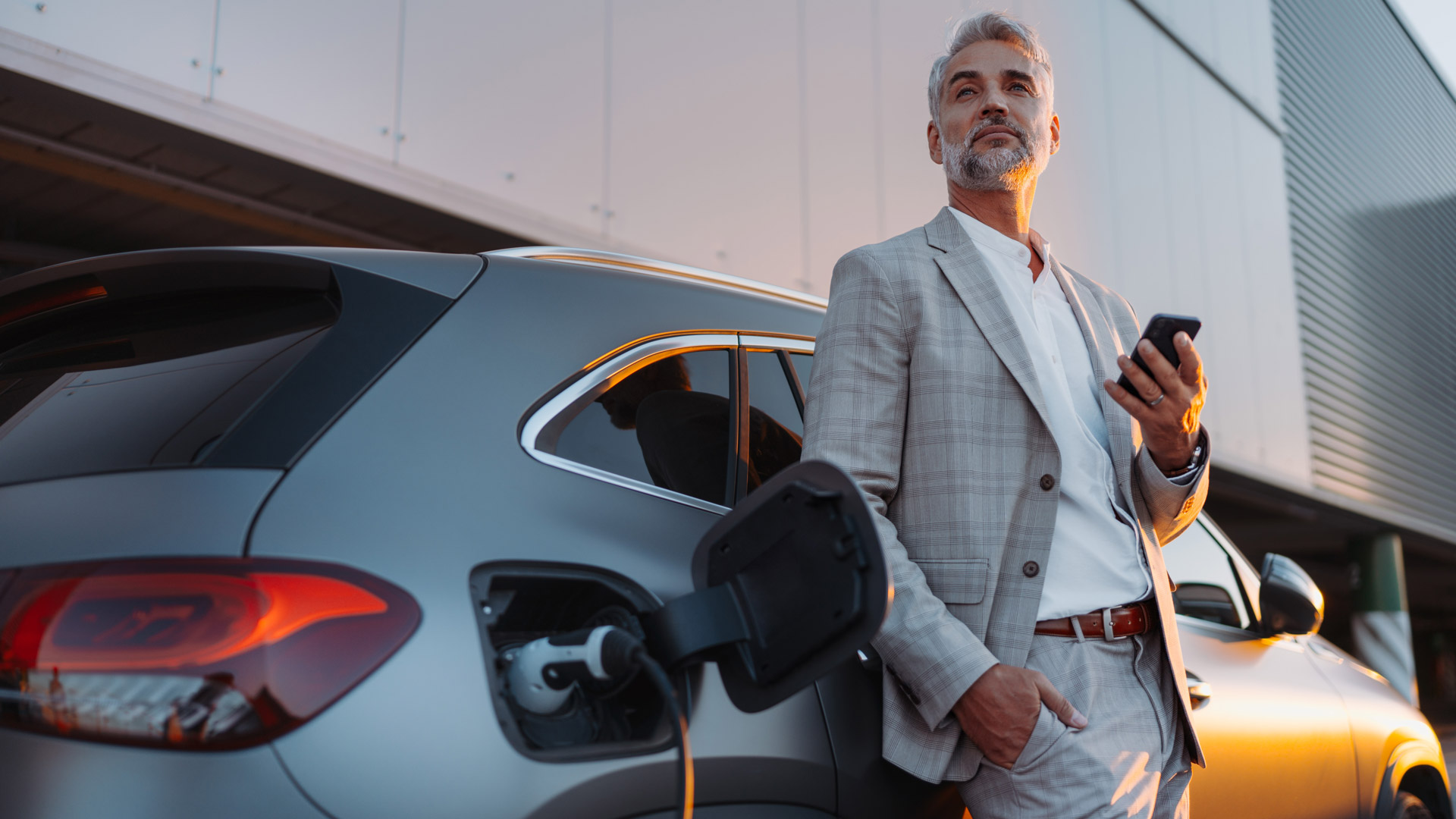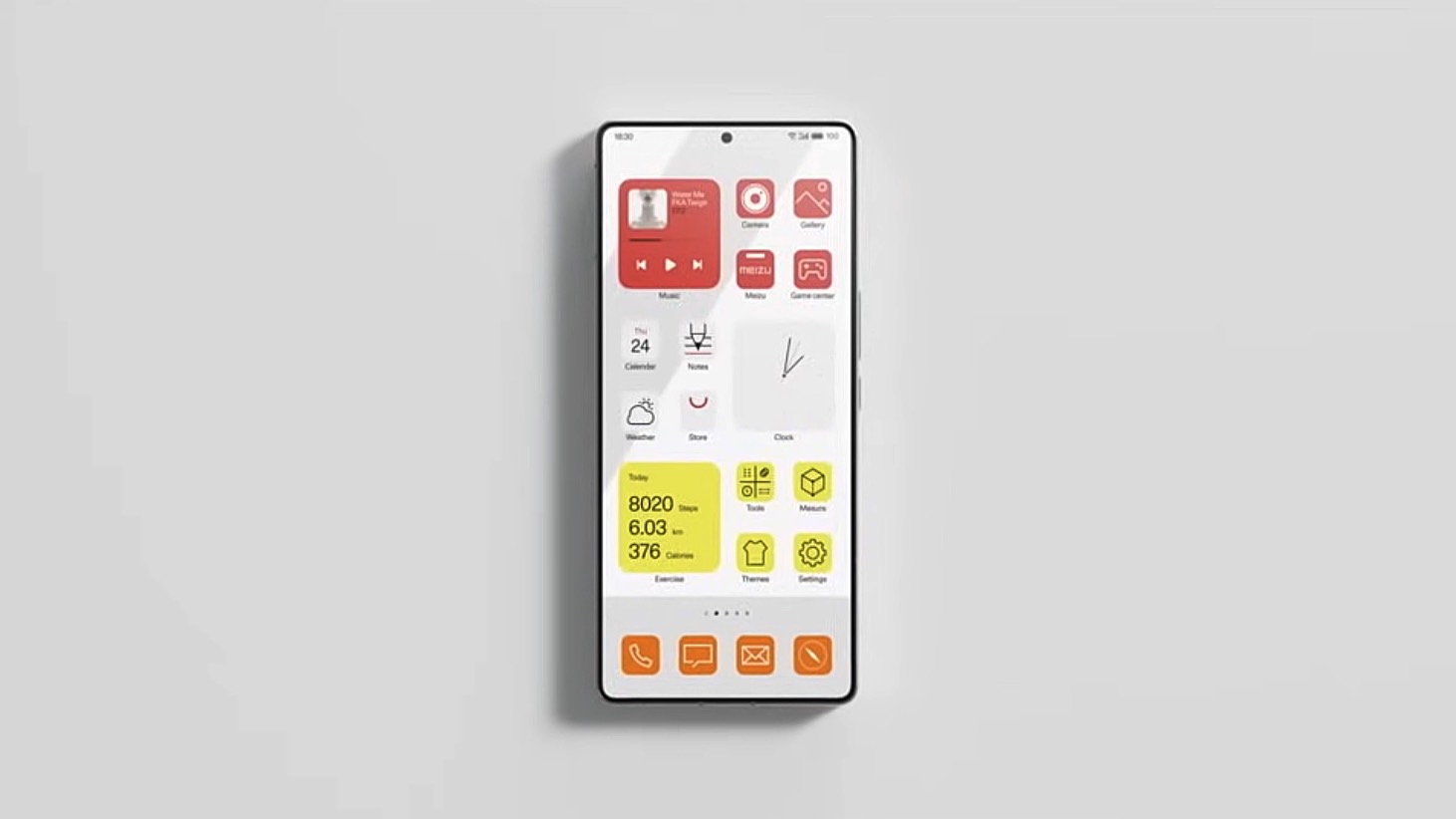Tesla phone, Xiaomi EV? The line between your car and phone is starting to blur – and it's a good thing
Rolling smartphones

New vehicles today deliver a ton of technology – including features like wireless Apple CarPlay and Android Auto, 4G/5G connectivity, 360-degree cameras, Level 2 ADAS (advanced driver assistance systems), and more – but only a few are software-defined vehicles (SDVs). SDVs are cars with functions and features that are primarily enabled through software and can improve over time via OTA (over-the-air) software updates.
Unlike most vehicles today, which still feature a large number of hardware components that are designed by various suppliers, each with its own custom software, SDVs boast fewer hardware components that are designed in-house by the manufacturer, which also controls every aspect of the software. As such, SDVs go hand-in-hand with EVs, which have fewer mechanical parts, making them smartphones (or tablets) on wheels.
While many new cars support OTA software updates, these are usually limited to servicing a few hardware components, like the infotainment system. With SDVs all of the car’s software can be updated OTA, including the drivetrain. Tesla was the first to popularize SDVs, followed by other EV startups, like Rivian, Lucid, and Polestar. Most Chinese EV manufacturers, including Nio, Xpeng, and Geely, are also making SDVs.
By contrast, most EVs from legacy car manufacturers like Ford and Mercedes – while excellent vehicles – aren’t full SDVs. Why does this matter? Because it’s a lot easier to create a good user experience in a vehicle that’s designed to function as a single cohesive system. One of the main reasons most vehicles today don’t offer a good user experience is that they’re a hodge-podge of disparate hardware and software.
And that’s also why most consumers today use Android Auto and Apple CarPlay, which simply provide a better user experience than the infotainment system built into most cars, but are really just a crutch. In the context of SDVs, GM’s controversial decision to abandon support for Android Auto and Apple CarPlay in future EVs might actually make sense. It’s also why Mercedes is developing its own SDV platform with MB.OS.

It all about the ecosystem
SDVs don’t just provide a better user experience today, they improve and gain features over time via OTA software updates. In addition, they allow manufacturers to create and curate a broad and seamless ecosystem that includes a phone app and services like charging, repair, financing, and insurance. Most people aren't familiar with this yet, but if you drive a Tesla, you're acutely aware of how this all works. And it's awesome.
The Tesla app (iOS and Android) integrates seamlessly with your Tesla -- from being the car key to letting you remote control your car (climate, windows, doors, trunk, horn, lights, on-board cameras, remote parking, and more), to planning a route, to finding charging stations, to scheduling a service appointment, to looking up charging records, to checking on your lease or loan, to purchasing new software features (like FSD).
Get daily insight, inspiration and deals in your inbox
Sign up for breaking news, reviews, opinion, top tech deals, and more.
SDVs also play nicely with other ecosystems. Your Tesla includes Netflix, Disney+, Hulu, YouTube, Twitch, Apple Music, Spotify, and Tidal apps built-in, so you can watch shows while charging, and listen to your favorite music and podcasts while driving. If you allow it, your Tesla can access your phone's contacts, call log, messages, and Google Calendar – and even automatically navigate to your next appointment.
You can also share a destination from Google Maps or Apple Maps with the Tesla app on your phone, which then sends it to your Tesla for easier navigation. Basically, SDVs are a lot like iPads and other tablets. You don’t mirror your phone’s display to your tablet’s screen – as Android CarPlay and Android Auto basically do. Instead, you set up your tablet as a separate device within the same ecosystem. This is the way.
EV manufacturers are making phones
The Apple Watch integrates seamlessly with the best iPhones, so if Apple made an EV it would also work best with the iPhone. A hypothetical Tesla phone would provide an even better experience than the Tesla App. For example, Nothing Phone (2) integrates with Tesla's ecosystem using Tesla's APIs, and lets you add controls in the quick settings to adjust the climate, open the trunk, lock the car (and more) without having to install the Tesla app.
While rumors of a Tesla phone have been swirling for a long time, it doesn’t exist (yet). But Chinese EV manufacturer Nio recently launched a $900 Android phone in China that packs flagship specs like a Snapdragon 8 Gen 2 processor, 120Hz 1440p LTPO OLED display, and triple 50MP rear camera system. It can become a second display when docked in Nio vehicles, or appear in a window on the infotainment screen.
Basically, SDVs are a lot like iPads and other tablets
Two weeks ago, at Polestar Day in Santa Monica, I got to ride in the upcoming 2024 Polestar 3 SUV and Polestar 4 crossover, and see the Polestar 5 sedan and Polestar 6 roadster in person. But what’s even more exciting, is that the Swedish EV manufacturer teased a high-end Android phone – likely also destined for China. While the company didn’t share any details, the video showed triple rear shooters and a high-end screen.
These phones make a lot of sense in China where Android isn't the Google-flavored OS we all know and love, but is heavily customized by each phone manufacturer for its own ecosystem. Companies like Xiaomi, Oppo, and Huawei all have their own iCloud-like cloud services and Alexa-like voice assistants. WeChat and Baidu are the only apps that are common among all platforms in China, and are ubiquitous on phones and SDVs alike.
Phone manufacturers are making EVs

It’s not just EV manufacturers making phones. Phone manufacturers are also making EVs. Chinese giant Huawei was the first to make the jump into EV-land with the Aito M5 and M7 crossovers in 2022. Both cars are running Huawei’s HarmonyOS and are powered by Huawei’s Kirin chips. Huawei’s new LIDAR-equipped Luxeed S7 sedan ($35,500-$49,000) just launched in China, and will be followed by another EV, the Aito M9 SUV
Meanwhile, Chinese phone manufacturer Xiaomi just received approval from China's state planner to build its first EV, the SU7 sedan. This SDV is equipped with LIDAR, but the exact tech specs are still unknown – along with pricing and availability. Expect it to debut in China sometime in 2024. Since Xiaomi works closely with Qualcomm for its phones, this EV might feature Qualcomm’s Snapdragon Digital Chassis.
And let’s not forget that Apple is also still rumored to be working on an EV. While it’s unlikely that these phone manufacturers’ EVs (and EV manufacturers’ phones) will make it to the US anytime soon, we’ll be seeing more SDVs in our driveways beginning next year – complete with ecosystems and better user experiences – both from legacy car manufacturers and from Chinese-owned European brands like Volvo, Polestar, and Lotus.
You might also like

Myriam Joire (tnkgrl) was born wearing combat boots and holding a keyboard. Moments later she picked up a soldering iron. On weekends, she rally-raced with her father. She's been stomping, typing, hacking, and driving ever since. After spending years being a code-monkey in the video game industry, she joined Engadget as Senior Mobile Editor and later Pebble as Chief Evangelist. Today she hosts the weekly Mobile Tech Podcast, makes videos on YouTube, writes about tech and cars for TechRadar and other major publications, and advises startups on product/media strategy. She's based in San Francisco.